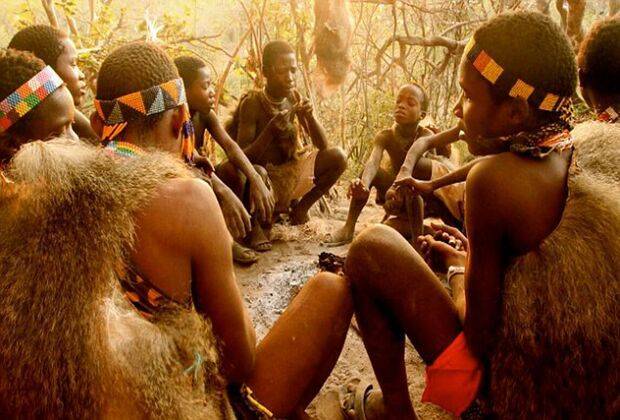A cultural visit to the Hadzabe Bushmen
Spend the day with the Hadzabe people, ancient hunter-gatherers who inhabit the land near Lake Eyasi, a gorgeous soda lake that’s part of the Great Rift Valley of East Africa, and witness their unchanged, traditional way of life and harmony with the earth. Accompanied throughout by a KIWOITO ranger, guests have the opportunity to engage with the Bushmen and learn all about their time-honored hunting techniques, survival skills, food preparation, and cultural norms. A veritable step back in time, this is an undeniably authentic cultural journey into rural Tanzania that reveals the untold world of these charismatic people.
Amongst the world’s last remaining hunter-gatherer tribes inhabiting the scrubby bushland, Hadzabe men search for food alone and return home with golden honey, sweet fruit, or hearty wild game when, and if available. Women go out in large groups and forage for bright berries, baobab fruit, and tubers, depending on availability. In the rainy, wet season, sweet honey is the main staple of their diet along with colorful fruit, tubers, and sometimes meat.
Adjusting their diets to the seasons this tribe is incredibly skilled, selective, and opportunistic seekers and searchers. They have only themselves to rely on to feed their families and tribe.

